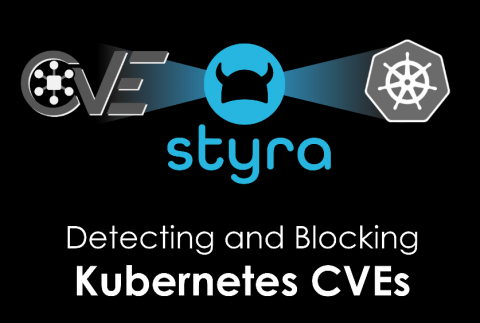End Users as the Strongest Link
“It’s okay that you don’t understand.” This comment came after I was frustrated with myself for not being born a genius at math. Usually, when you don’t know a subject or you don’t understand it enough, subject matter experts (i.e. your teachers/professors/mentors/etc) put you down for it. But this time was different because I had a real subject matter expert who cared about the end goal: students educated in math.









